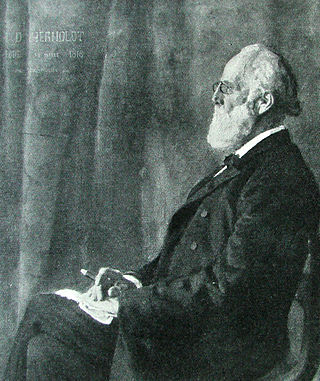
Johan Daniel Herholdt was a Danish architect, professor and royal building inspector. He worked in the Historicist style and had a significant influence on Danish architecture during the second half of the 19th and the beginning of the 20th century. His most famous work is the Copenhagen University Library in Fiolstræde in Copenhagen which heralded a new trend. The strong use of red brick in large-scale cultural and civic buildings was to characterize Danish architecture for several decades. He was a leading proponent of the "national" school in Danish architecture of the period as opposed to Ferdinand Meldahl's and Vilhelm Dahlerup's "European" school.
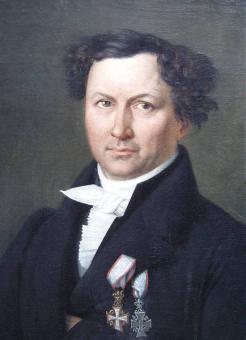
Jørgen Hansen Koch was a Neoclassical Danish architect. He was chief of the national Danish building administration from 1835 and director of the Royal Danish Academy of Fine Arts from 1844 to 1849.

Johannes Emil Gnudtzmann was a Danish architect working in the Historicist style. His most notable works are St. Paul's Church and the extension of the Royal Veterinary and Agricultural University's main building, both in Copenhagen. He was the father of Kaj Gnudtzmann.

Niels Sigfred Nebelong was a Danish architect who worked in the Historicist style. He was city architect in Copenhagen from 1863 and also designed many lighthouses around Denmark in his capacity as resident architect for the Danish lighthouse authority.
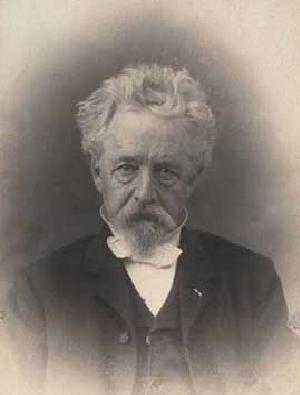
Vilhelm Klein was a Danish architect who adopted the Historicist approach, frequently emulating the so-called Rosenborg style and the Italian Renaissance style.

Bygningskulturens Hus, the former Søetatens Pigeskole, is a listed Historicist building now serving as a centre for historic architecture and cultural heritage in Copenhagen, Denmark. It is located in Borgergade, next to Nyboder.

Valdemar Ingemann was a prolific Danish architect active during the late 19th and early 20th century. His works include the Royal Copenhagen Porcelain Manufactury in Frederiksberg, Copenhagen.

Adelgade is a street in central Copenhagen, Denmark. It runs from Gothersgade in the south to Sankt Pauls Plads with St. Paul's Church in the north. The first half of the street is dominated by modern buildings while its last section passes through the Nyboder district.
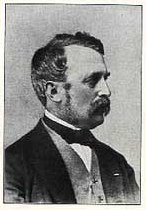
Harald Conrad Stilling was a Danish architect who was active in Copenhagen during the Late Classical period of the mid-18th century. He received the C. F. Hansen Medal in 1841.

Olfert Fischers Gade is a street in the Nyboder Quarter of central Copenhagen, Denmark and is named after the naval officer Olfert Fischer who commanded the Danish fleet in the Battle of Copenhagen in 1801. It runs from Store Kongensgade in the east to Rigensgade in the west, intersecting the streets Borgergade, Adelgade/Sankt Pauls Plads, Gammelvagt and Kronprinsessegade on the way. The street is closed to through traffic on the west side of Borgergade.
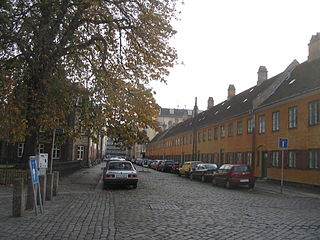
Sankt Pauls Gade is a street in the Nyboder Quarters of central Copenhagen, Denmark. The street passes St. Paul's Church from which it takes its name. The space in front of the church is called Sankt Pauls Plads.

Gernersgade is a street in the Nyboder Quarter of central Copenhagen, Denmark. It runs from Store Kongensgade in the southeast to Rigensgade in the northwest and is closed to through traffic at Sankt Pauls Plads.
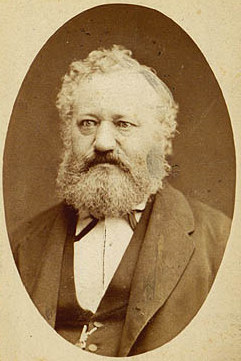
Lauritz Godtfred Rasmussen was a Danish zinc and bronze caster. He established a zinc and bronze foundry in his own name in Copenhagen in 1865 and was appointed royal court caster in 1883. Many Danish monuments from the second half of the 19th century come from his foundry. It was later taken over by his son Carl Rasmussen and remained in the family for several generations.
S. Seidelin was a Danish wholesaler and manufacturer of clothing based in Copenhagen, Denmark. Its former head office at Skindergade 7, now known as Pressens Hus, is now home to the Danish Media Association.
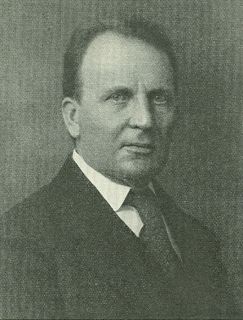
Hans Wright was a Danish architect. He served as city architect in Copenhagen from 1904 to 1925.

Frederik Riise was a Danish photographer and exhibition curator. He was a noted portrait photographer and is also remembered for his numerous photographs of buildings, streets and monuments in Copenhagen.
Henrik Larsen Kyhl was a Danish clockmaker, politician and the second managing director of Tivoli Gardens in Copenhagen.

Sabinus Theodor William Halvor Seidelin was a Danish businessman and landowner. He founded the company S. Seidelin.
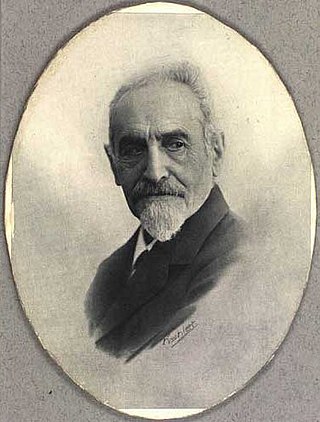
Frederik Lauritz Levy was a Danish architect.

Amagertorv 11/Læderstræde 11 is a Neoclassical property situated on the shopping street Strøget in central Copenhagen, Denmark. Constructed in 1798–1802 as part of the rebuilding of the city following the Copenhagen Fire of 1795, it owes its current appearance to two renovation undertaken in 1884 and 1903. The property was from around 1810 to 1845 owned by Gerson Melchior, owner of Moses & Søn G. Melchior. His sons Moses Melchior and Moritz G. Melchior, who would eventually continue the family firm, and Israel B. Melchior, an engineer and photographer, grew up in the building. In 1856, Melchior's heirs sold the property to wholesaler Sabinus Seidelin, whose trading firm S. Seidelin was subsequently operated from the rear wing. In 1903, S. Seidelin relocated to a new head office at Skindergade 7.

















